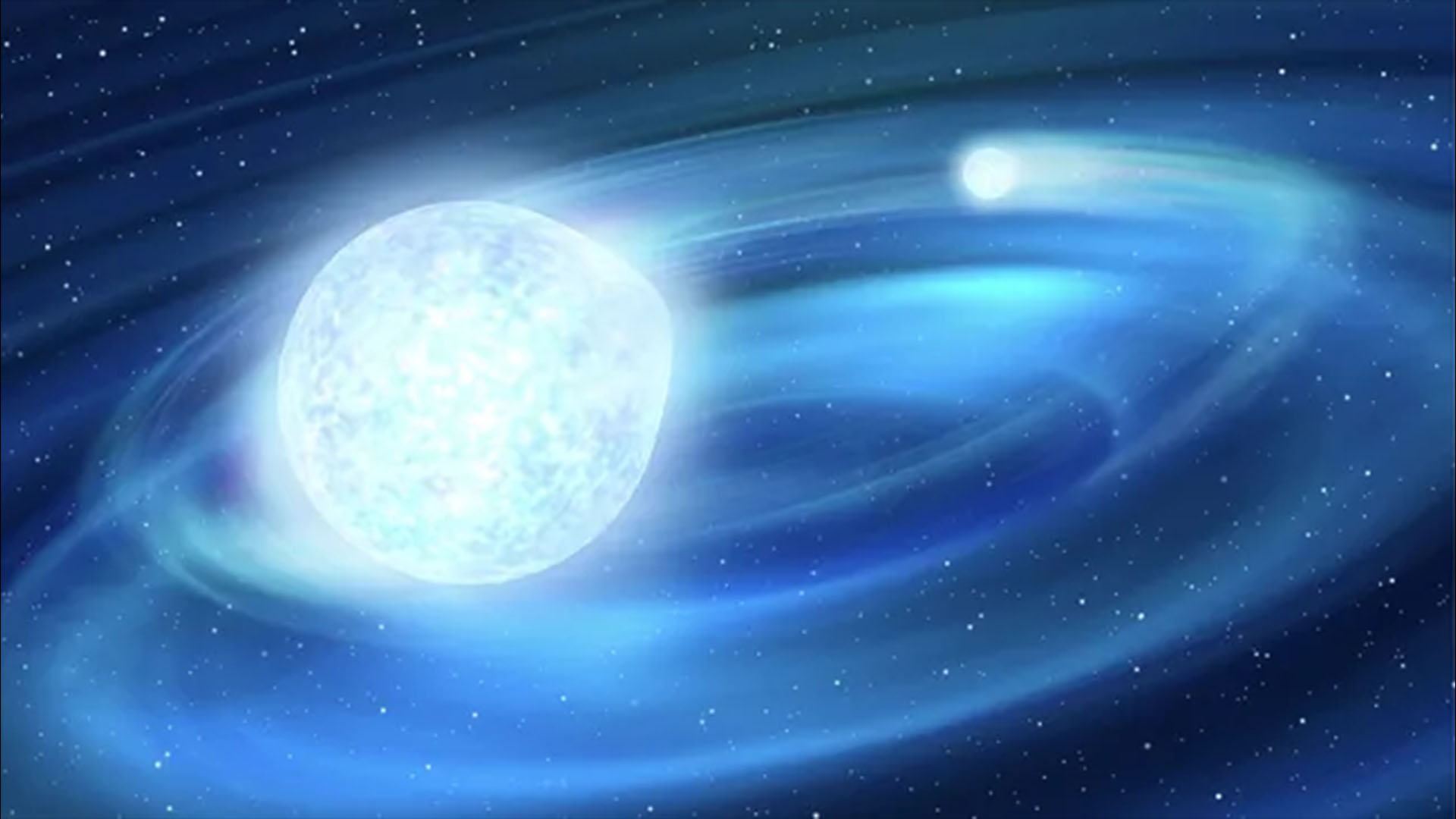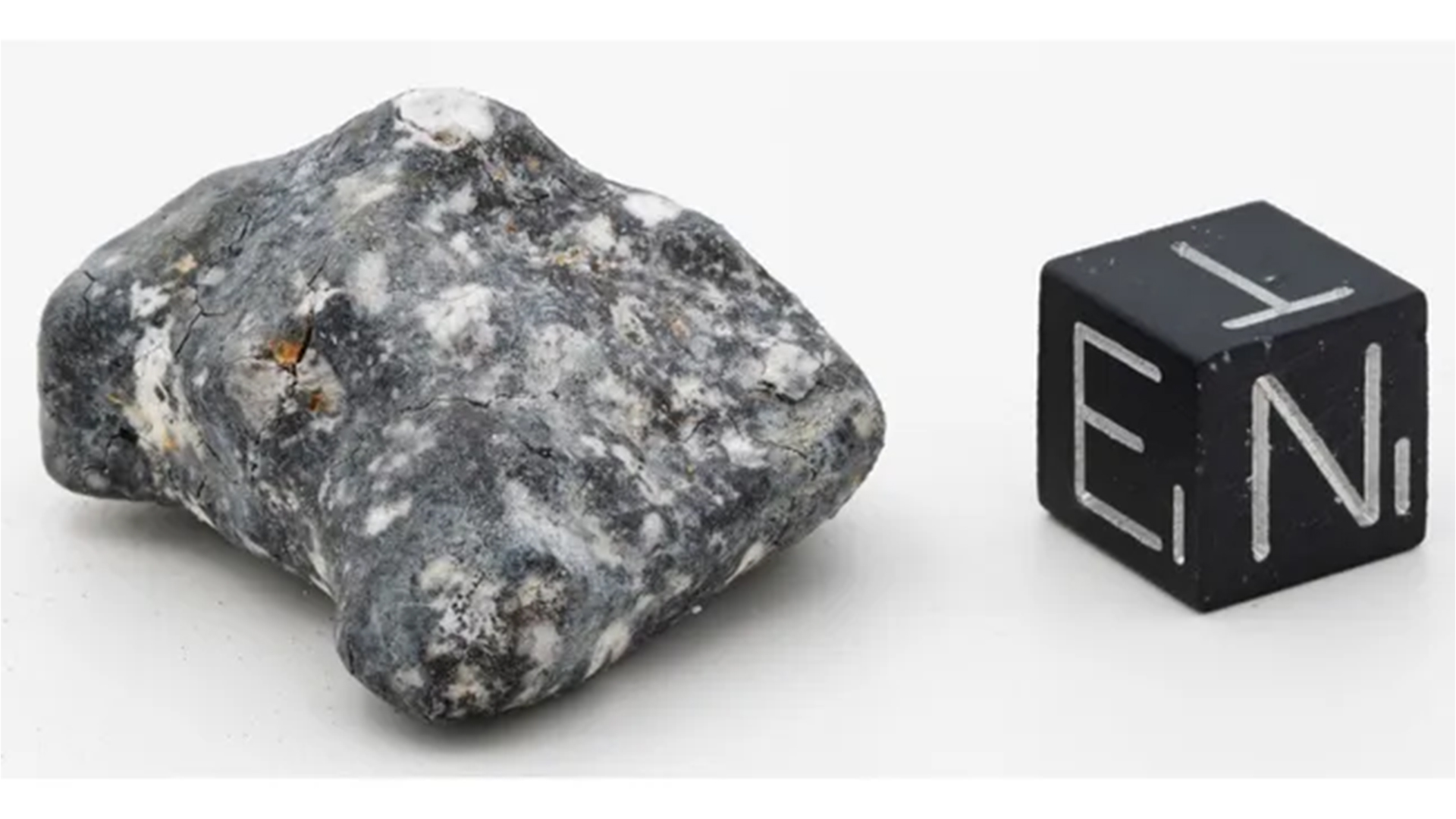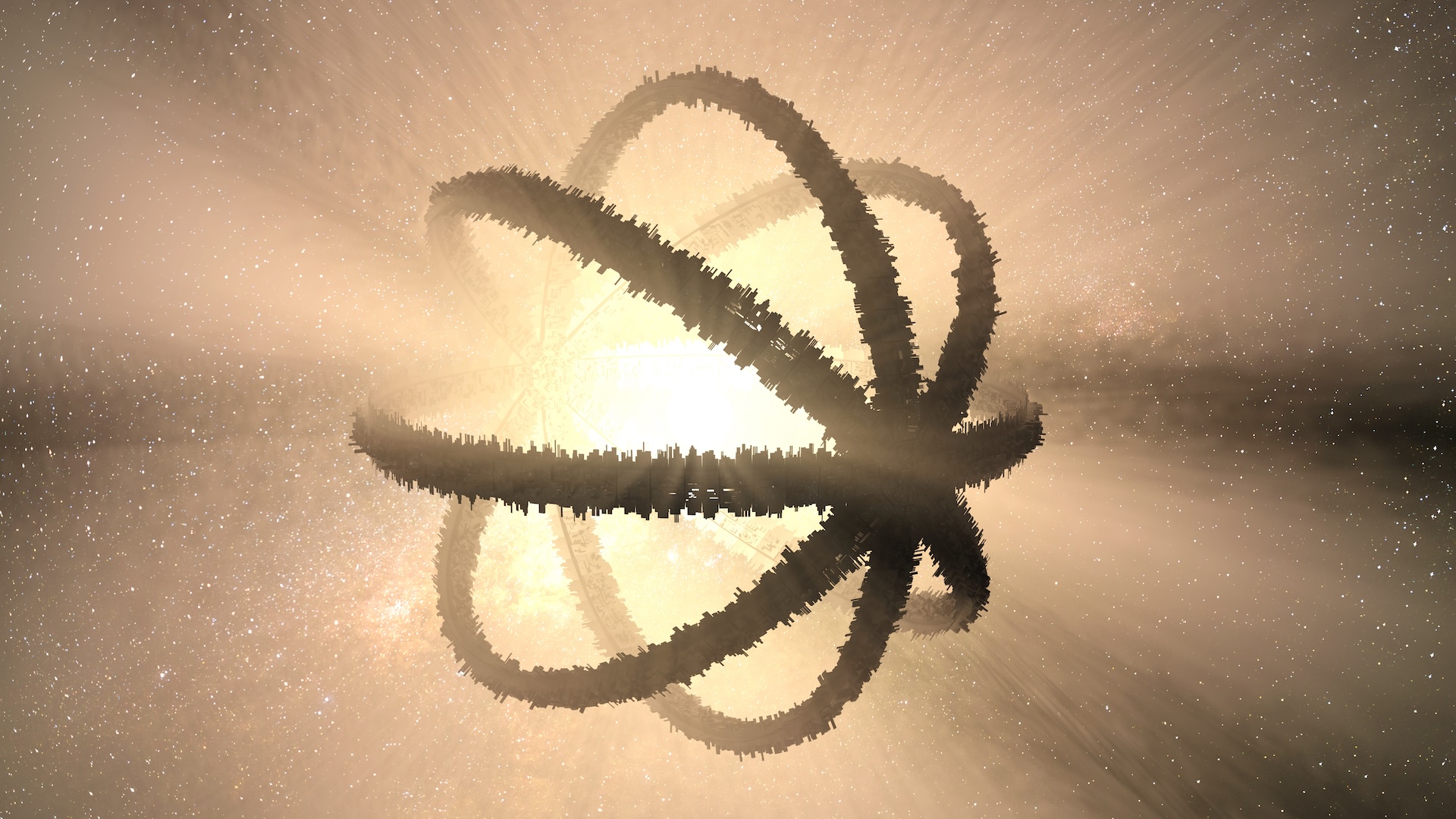
Robert Lea
Robert Lea is a science journalist in the U.K. who specializes in science, space, physics, astronomy, astrophysics, cosmology, quantum mechanics and technology. Rob's articles have been published in Physics World, New Scientist, Astronomy Magazine, All About Space and ZME Science. He also writes about science communication for Elsevier and the European Journal of Physics. Rob holds a bachelor of science degree in physics and astronomy from the U.K.’s Open University
Latest articles by Robert Lea
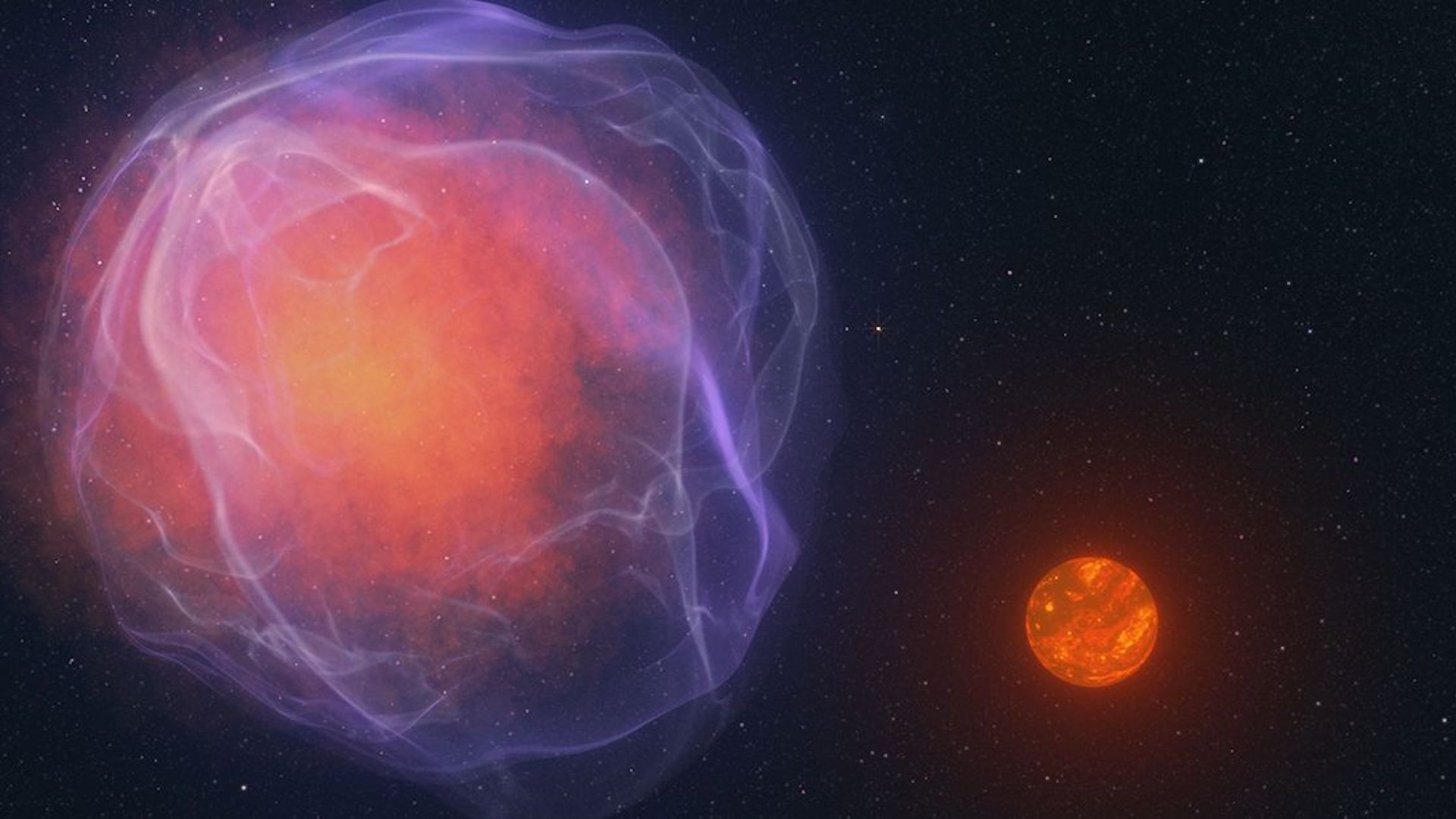
Something 'kicked' this hypervelocity star racing through the Milky Way at 1.3 million miles per hour
By Robert Lea published
A low-mass star has been discovered racing through the Milky Way at over a million miles per hour, a journey that began with either the supernova explosion of a vampire star or an encounter with black holes.
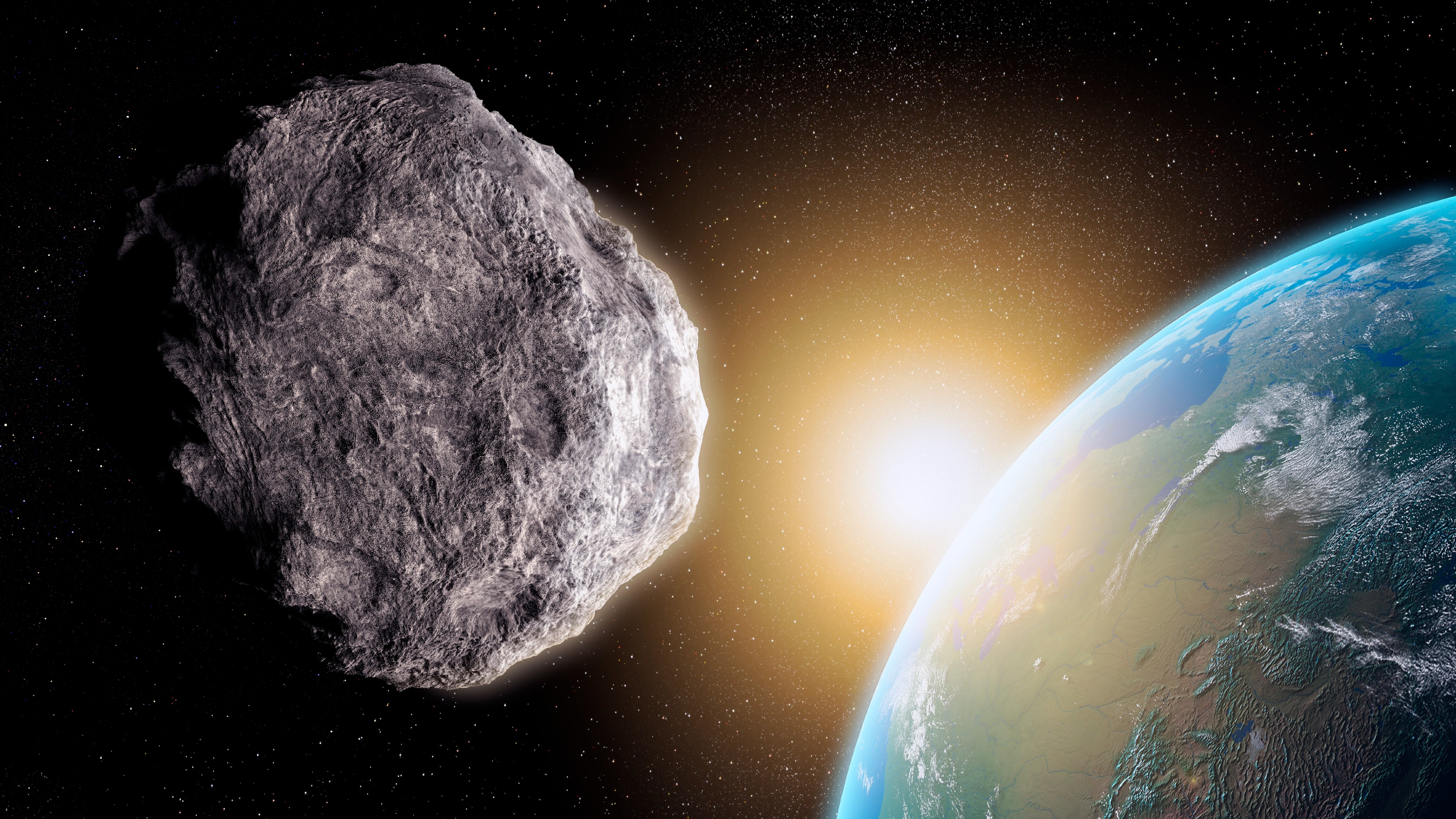
NASA's most wanted: The 5 most dangerous asteroids to Earth
By Robert Lea last updated
What is the most dangerous asteroid, how probable is an impact, and how much destructive power would a collision with Earth have? Here are 5 big space rocks that NASA is watching closely.
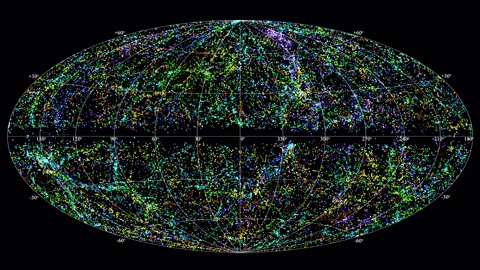
Scientists may finally be close to explaining strange radio signals from beyond the Milky Way
By Robert Lea published
Fast radio bursts erupt in the sky around 10,000 times a day, but scientists still struggle to explain them. New research could put astronomers one step closer to a solution.
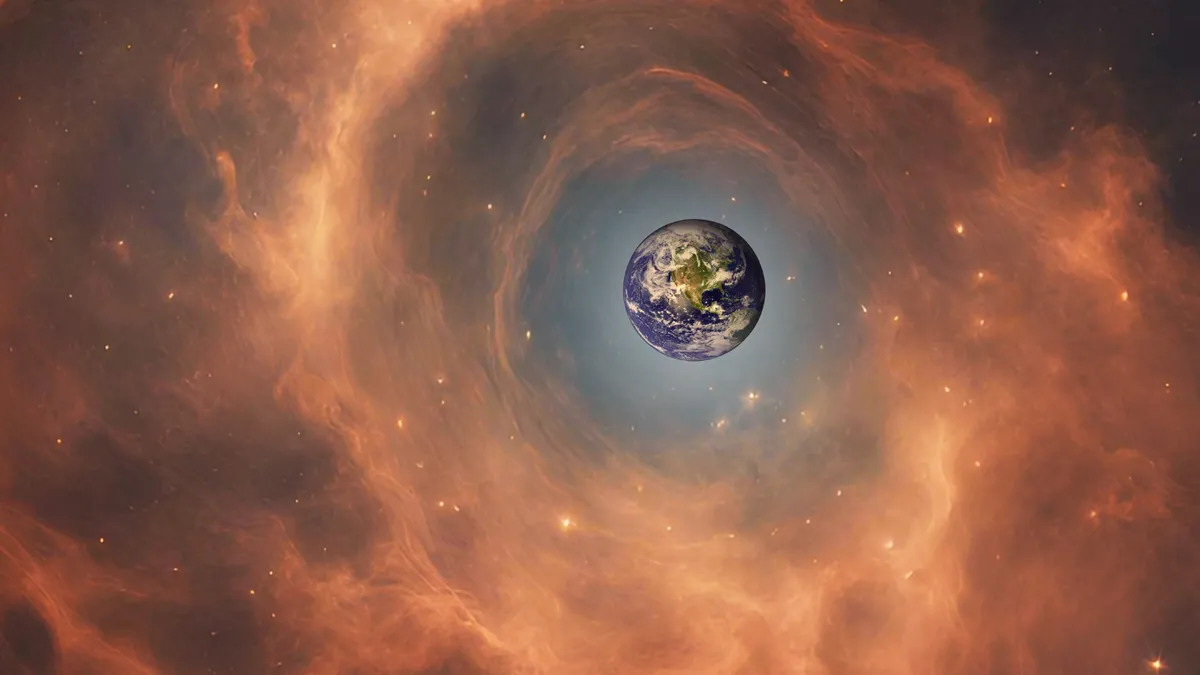
An encounter with 'something outside of the solar system' may have triggered an ice age on Earth
By Robert Lea published
Two million years ago, an encounter with a cold cloud of gas and dust could have caused our planet's "protective giant bubble" to draw back, potentially cooling our planet, new research claims.

Black hole 'morsels' could finally prove Stephen Hawking's famous theory right
By Robert Lea published
Stephen Hawking suggested nothing lasts forever, including black holes. Scientists may have a way to prove it at last.
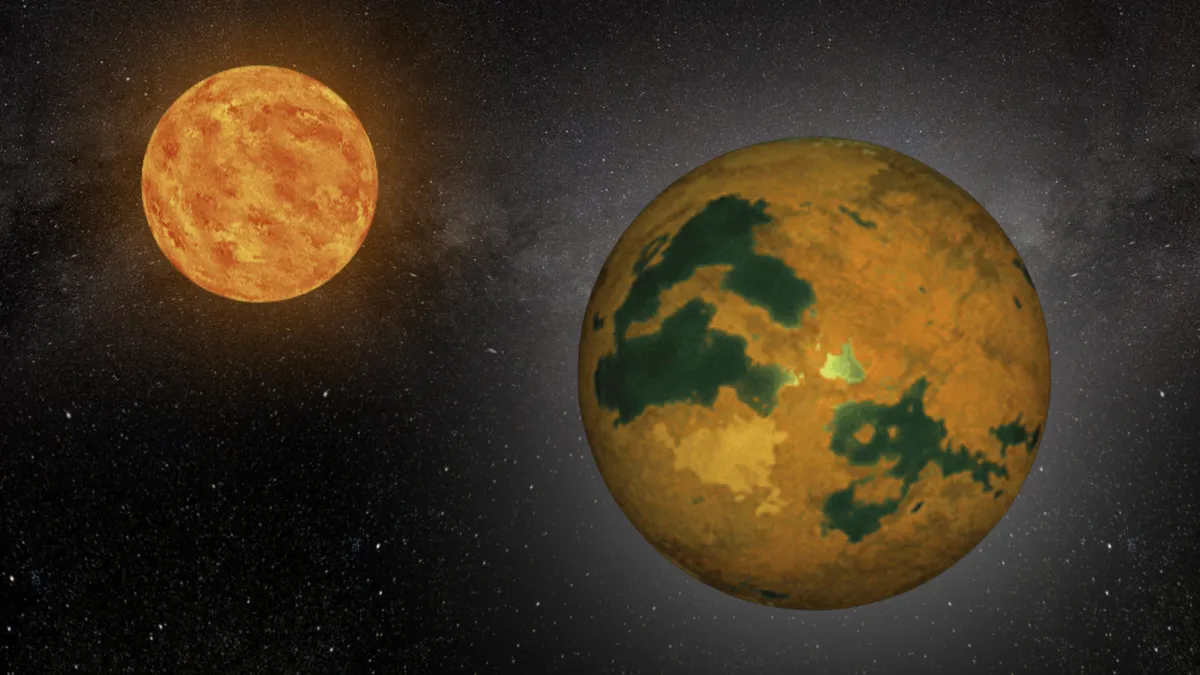
Real-life 'Star Trek' planet was actually just an illusion caused by a 'jittery' star
By Robert Lea published
New research shows that a planet spotted around the real-life star 40 Eridani A, famous for hosting Dr. Spock's fictional home world in 'Star Trek', may have been an optical illusion all along.
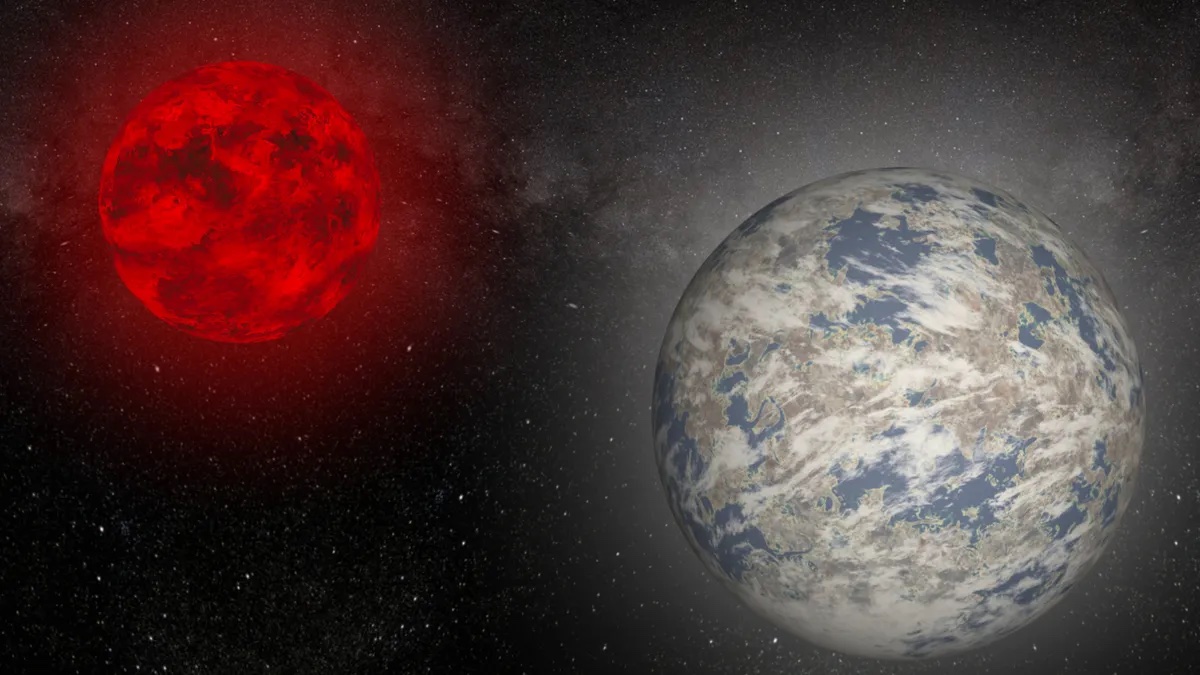
NASA detects Earth-size planet just 40 light-years away that's 'not a bad place' to hunt for life
By Robert Lea published
The exoplanet Gliese 12 b is tantalizingly close and moderately warm, situated just 40 light-years away around a red dwarf star. The potentially habitable planet could be a good place to search for alien life, scientists say.
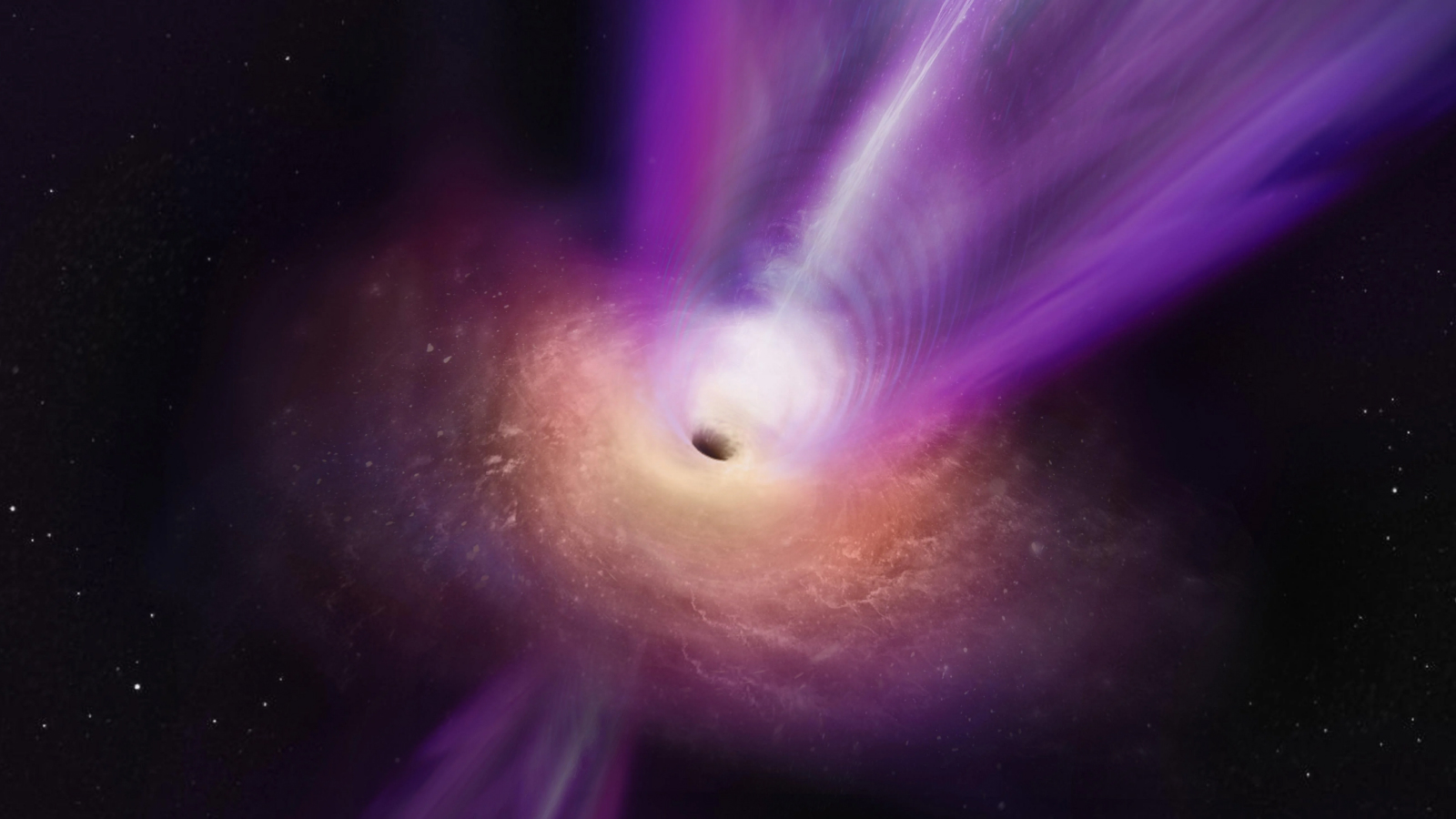
NASA spots 16 'Death Star' black holes blasting powerful beams at multiple targets
By Robert Lea published
Researchers using NASA's Chandra X-ray telescope have found that a group of "Death Star black holes are swiveling around and pointing at new targets, like the fictional space station in Star Wars."
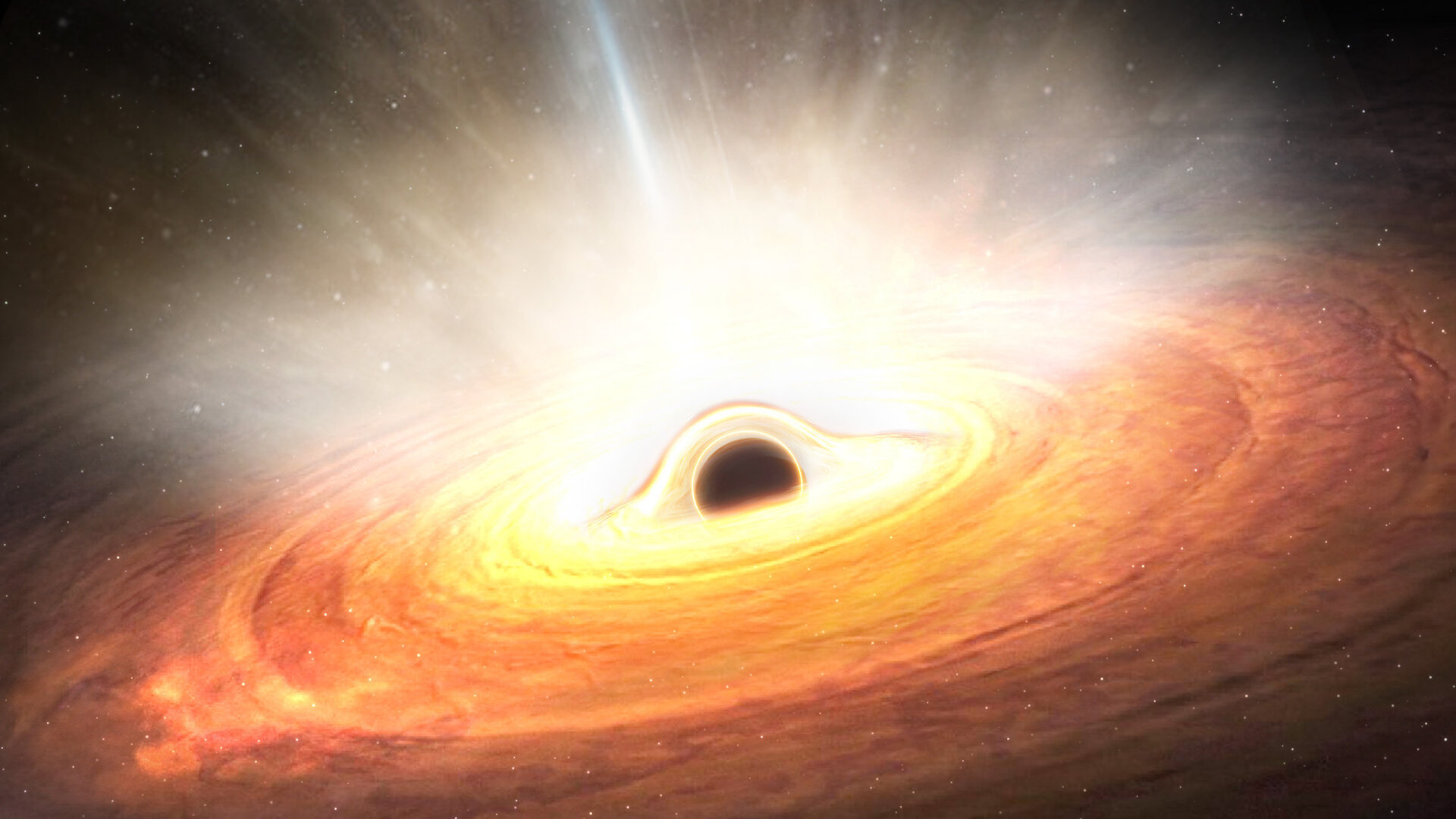
Black hole spin speed revealed in new study of churning space-time
By Robert Lea published
Scientists have calculated the speed of a spinning supermassive black hole by studying the 'spaghettified' remains of a star it destroyed.
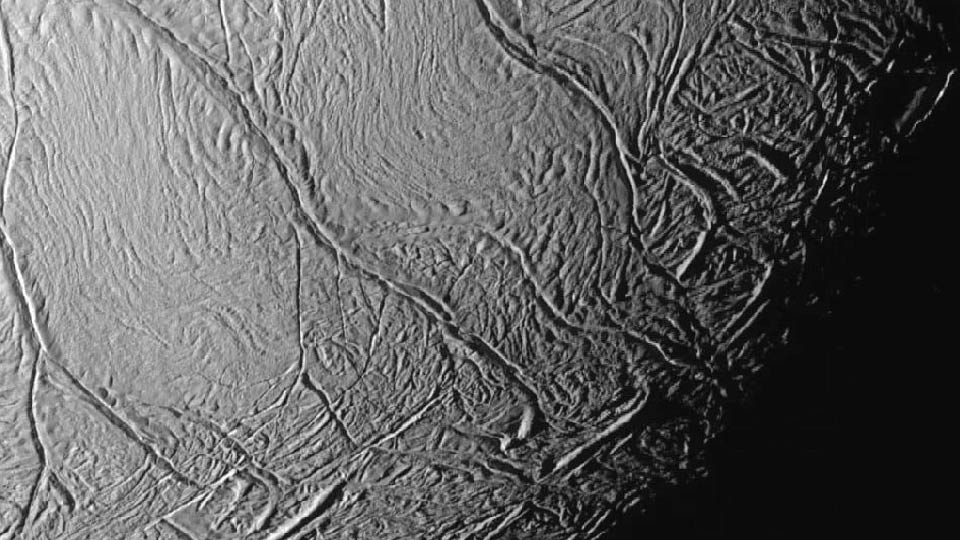
Enormous 'San Andreas fault' on Saturn's moon could help reveal signs of alien life
By Robert Lea published
Huge "tiger stripe" fault lines seen on Saturn's moon Enceladus raise hopes that a "long-lived" ocean containing potential alien life may lurk beneath the moon's icy shell.
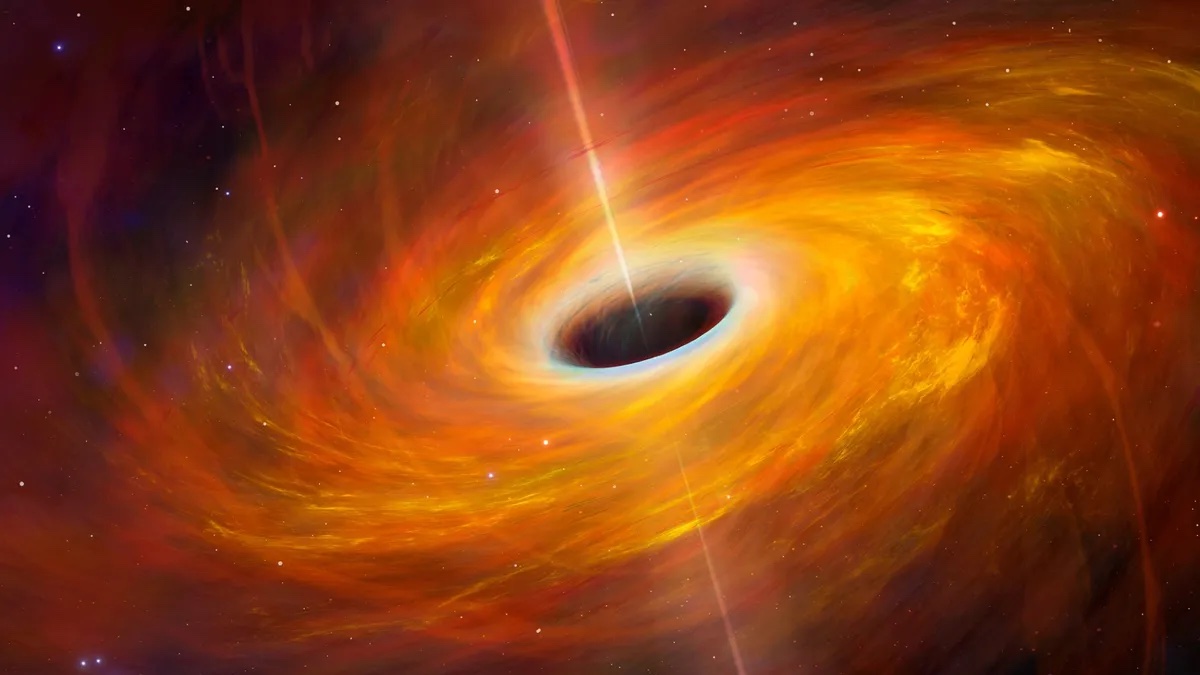
Black hole 'traffic jams' are forcing cosmic monsters to collide, new study finds
By Robert Lea published
Supermassive black holes may create conditions akin to "cosmic intersections with failed traffic lights" that make collisions between smaller stellar-mass black holes inevitable.
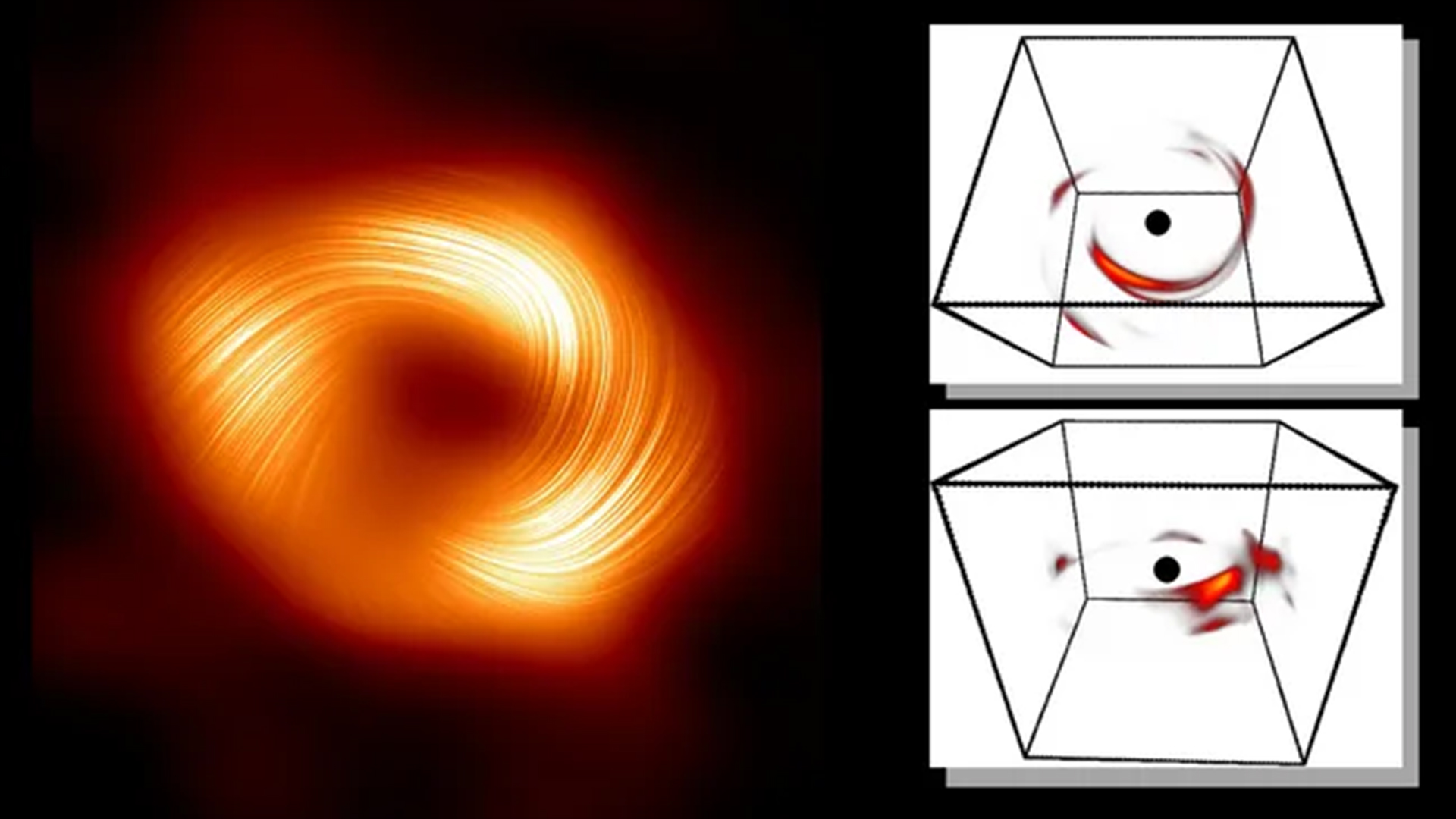
Explosive black hole flare from the center of our galaxy reconstructed from 'a single flickering pixel' using AI and Einstein's equations
By Robert Lea published
An explosive flare from the Milky Way's central black hole has been translated from 'a single flickering pixel' into a detailed 3D model using AI and Einstein's general relativity equations.
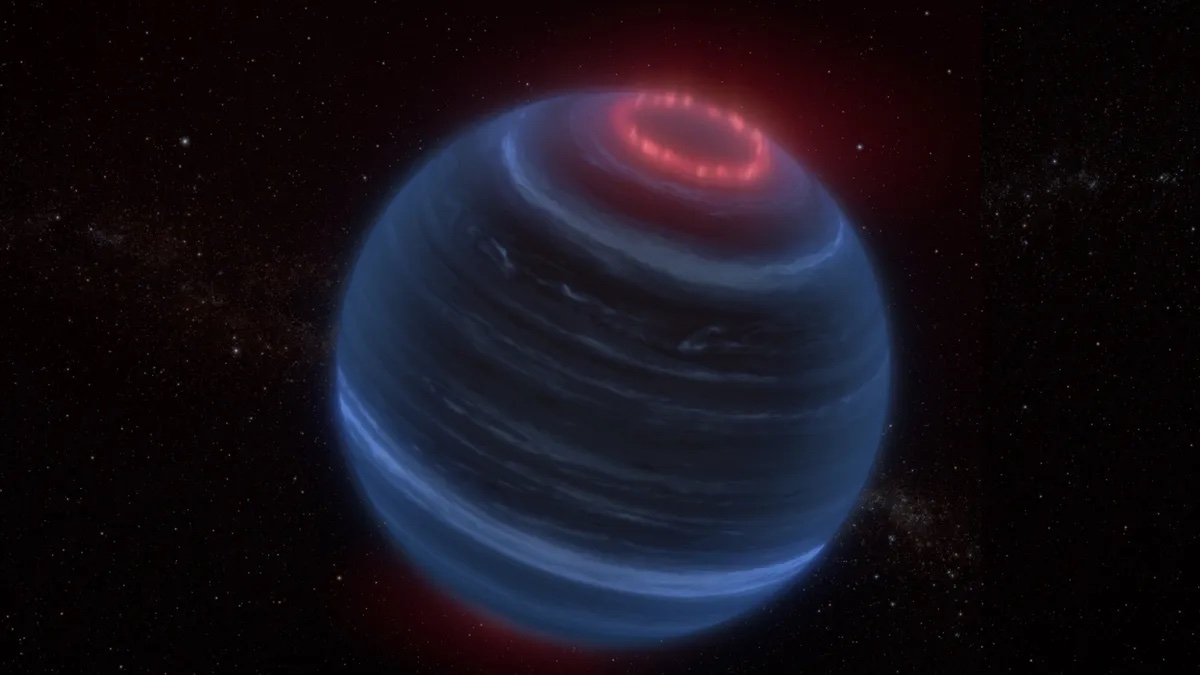
James Webb telescope's 'shocking' discovery may hint at hidden exomoon around 'failed star'
By Robert Lea published
JWST's surprise discovery of methane emissions and likely aurorae over a distant brown dwarf could indicate this "failed star" is orbited by an active moon.
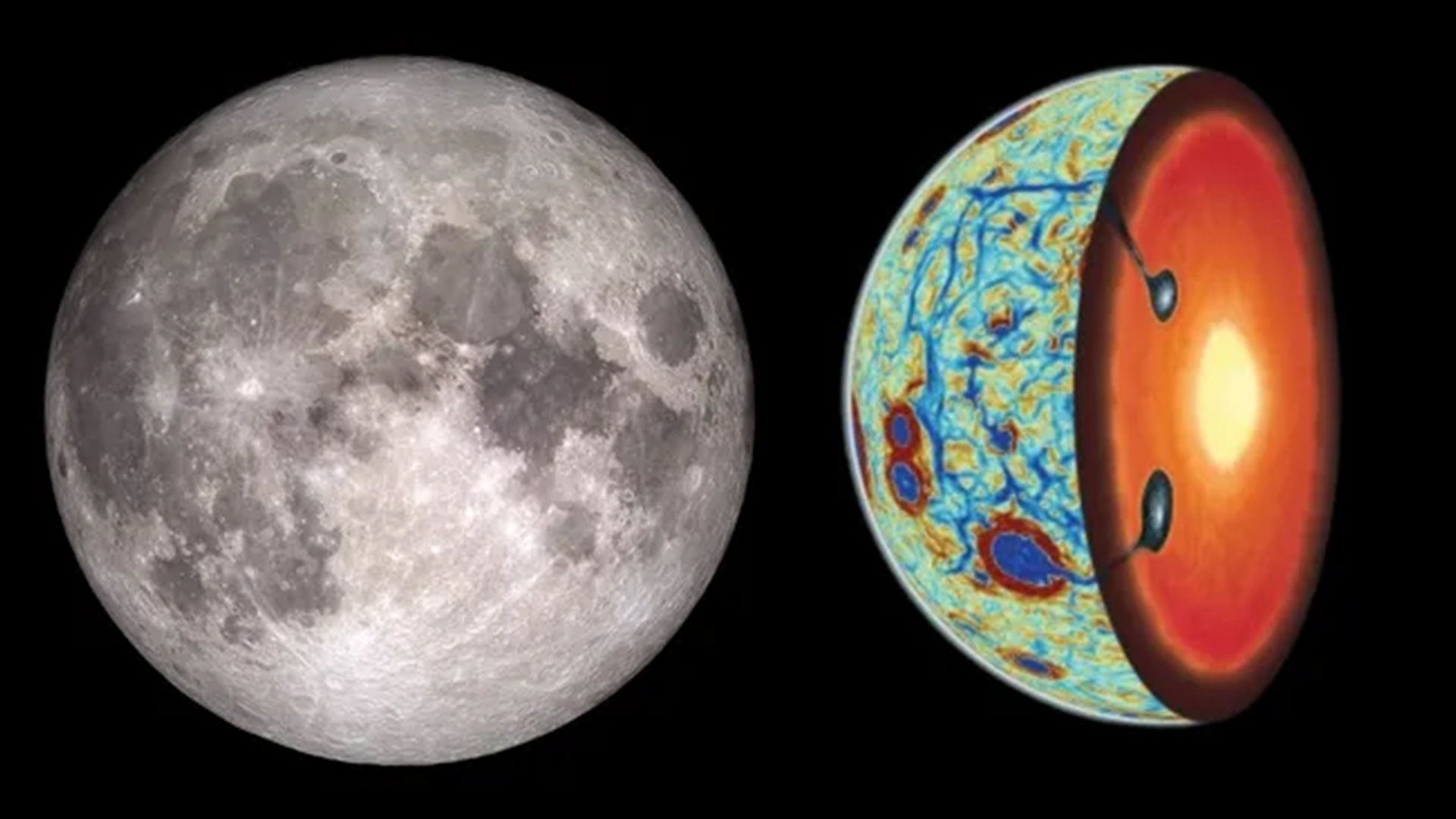
What happened when the moon 'turned itself inside out' billions of years ago?
By Robert Lea published
"For the first time, we have physical evidence showing us what was happening in the moon's interior during this critical stage of its evolution, and that's really exciting."
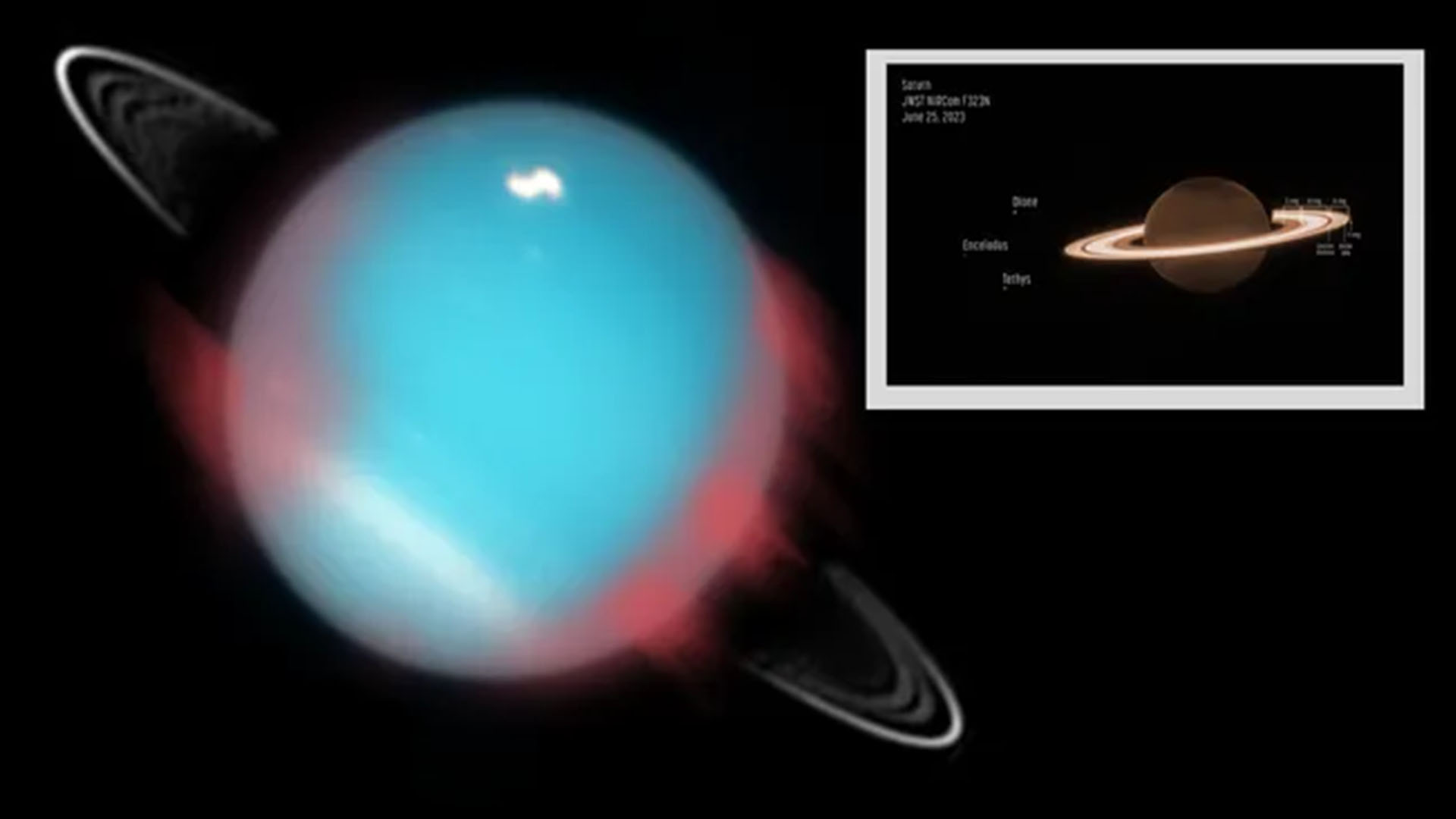
James Webb telescope to zoom in on Uranus and Saturn in study of mysterious auroras
By Robert Lea published
Two projects using the James Webb Space Telescope will look at the auroras of Uranus and Saturn to discover what processes make them tick.
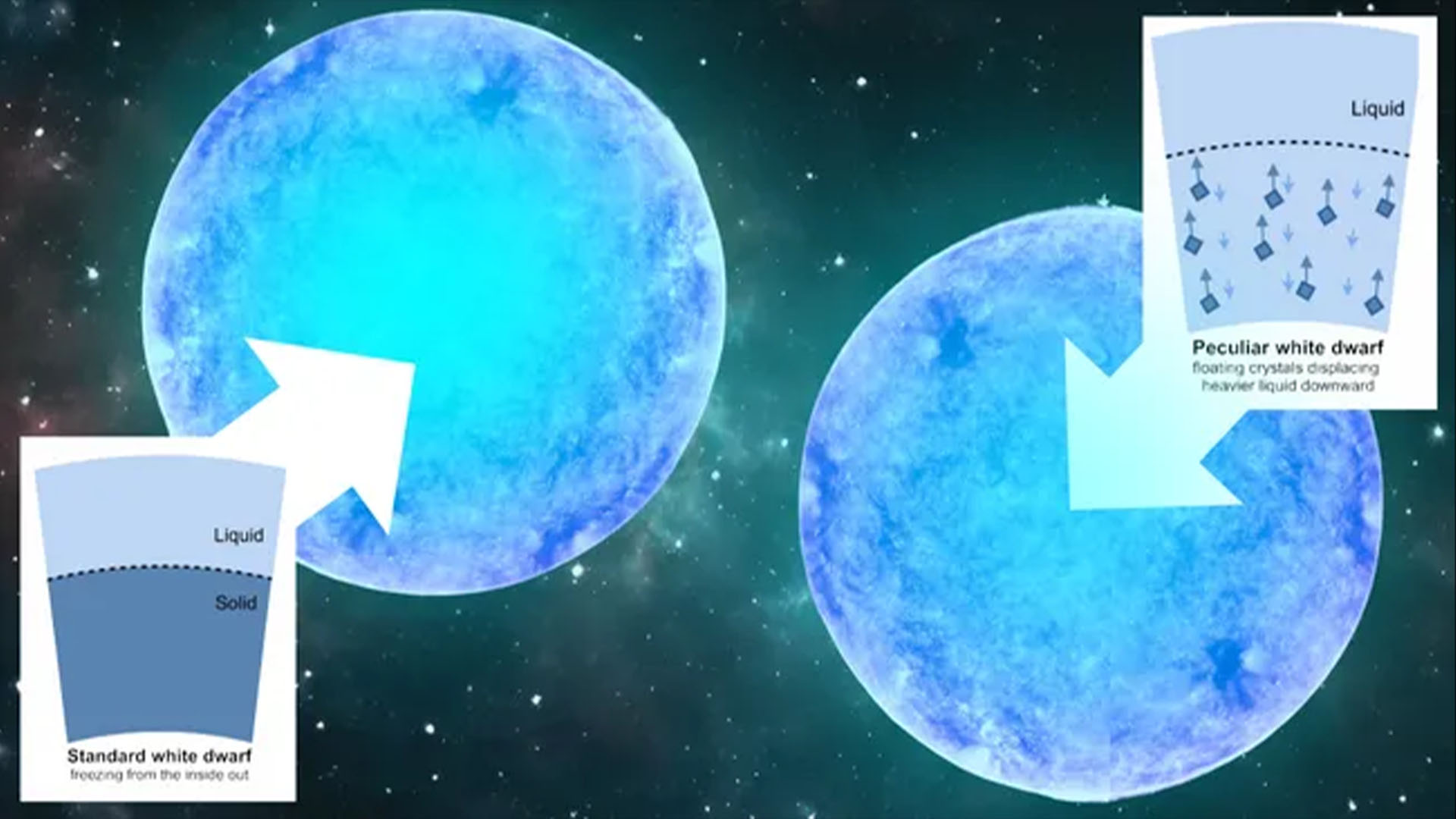
Newly discovered 'fountain of youth' phenomenon may help stars delay death by billions of years
By Robert Lea published
Recent observations show that some white dwarf stars suddenly stop cooling. Now, scientists propose a 'fountain of youth' mechanism that may explain how these stellar husks avoid death for billions of years.
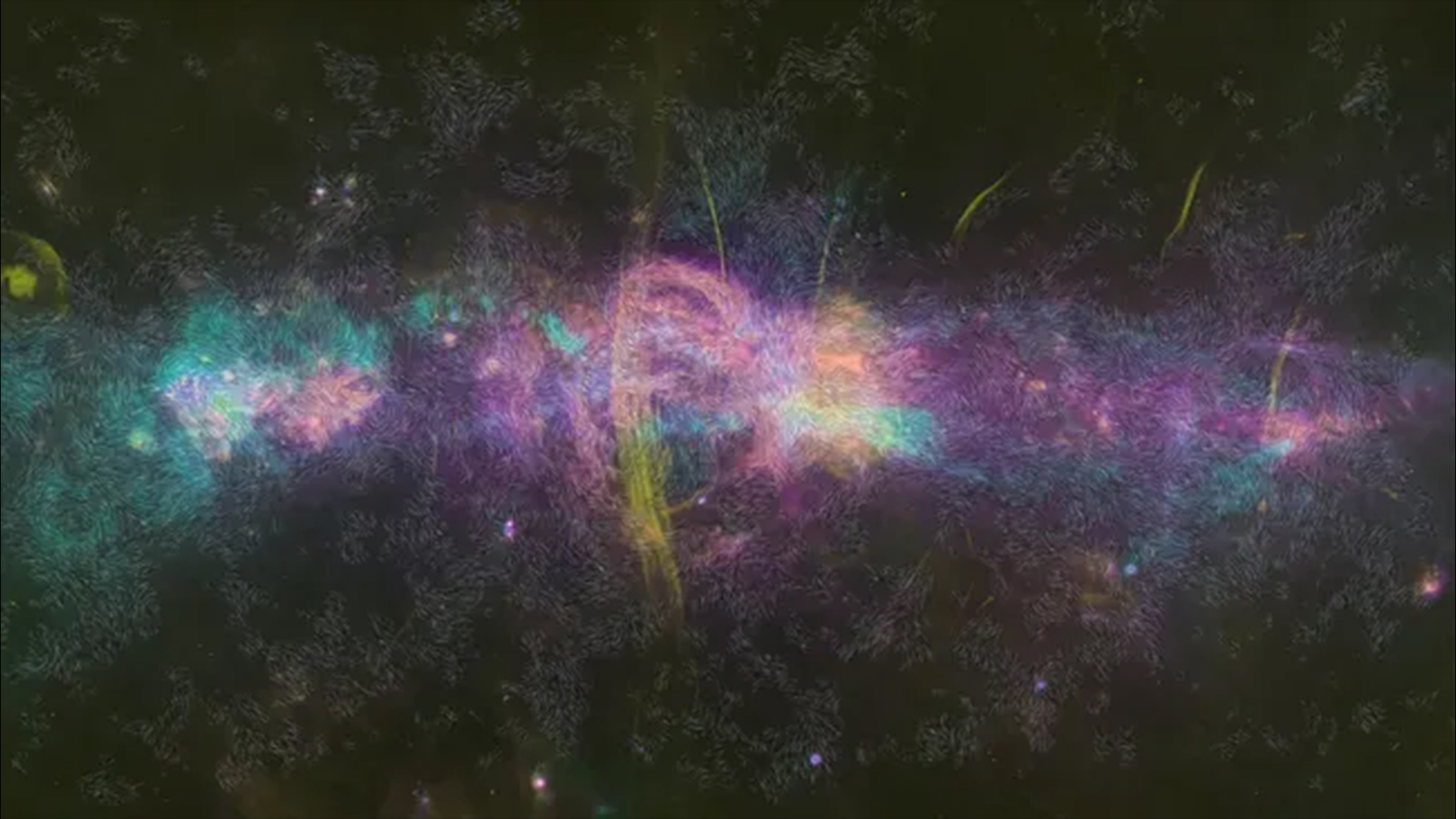
'This is a journey, not a destination': Stunning map of the Milky Way's center exposes new mysteries about our galaxy
By Robert Lea published
A stunning new map of the magnetic fields at the Milky Way's center charts never-before-seen features, and raises new questions about how our galaxy's central engine works.
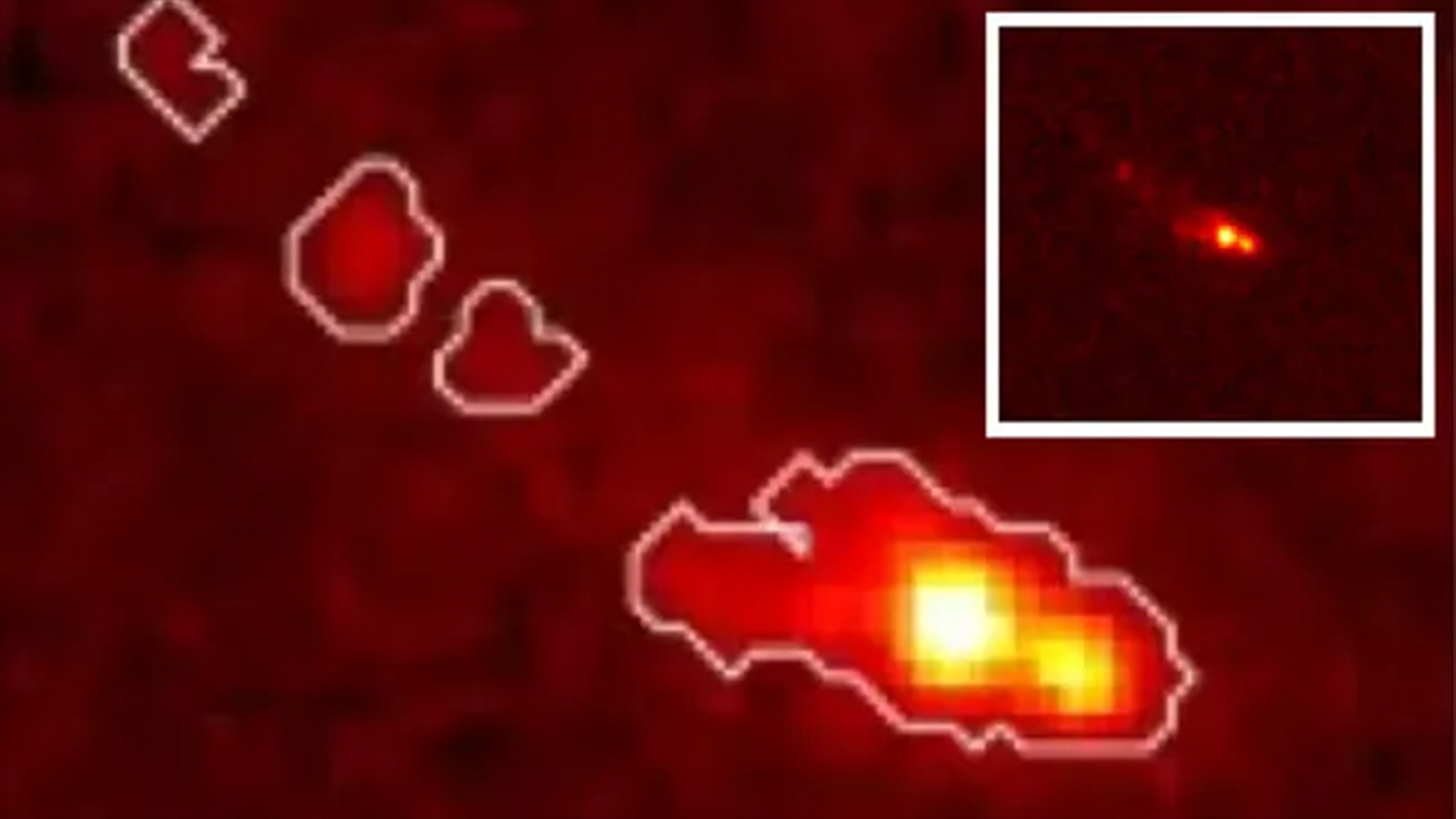
Speck of light spotted by Hubble is one of the most enormous galaxies in the early universe, James Webb telescope reveals
By Robert Lea published
The ancient obect Gz9p3, which appeared as a single point of light through the Hubble Space Telescope, is actually one of the most enormous galaxies in the early universe, James Webb Space Telescope observations reveal.
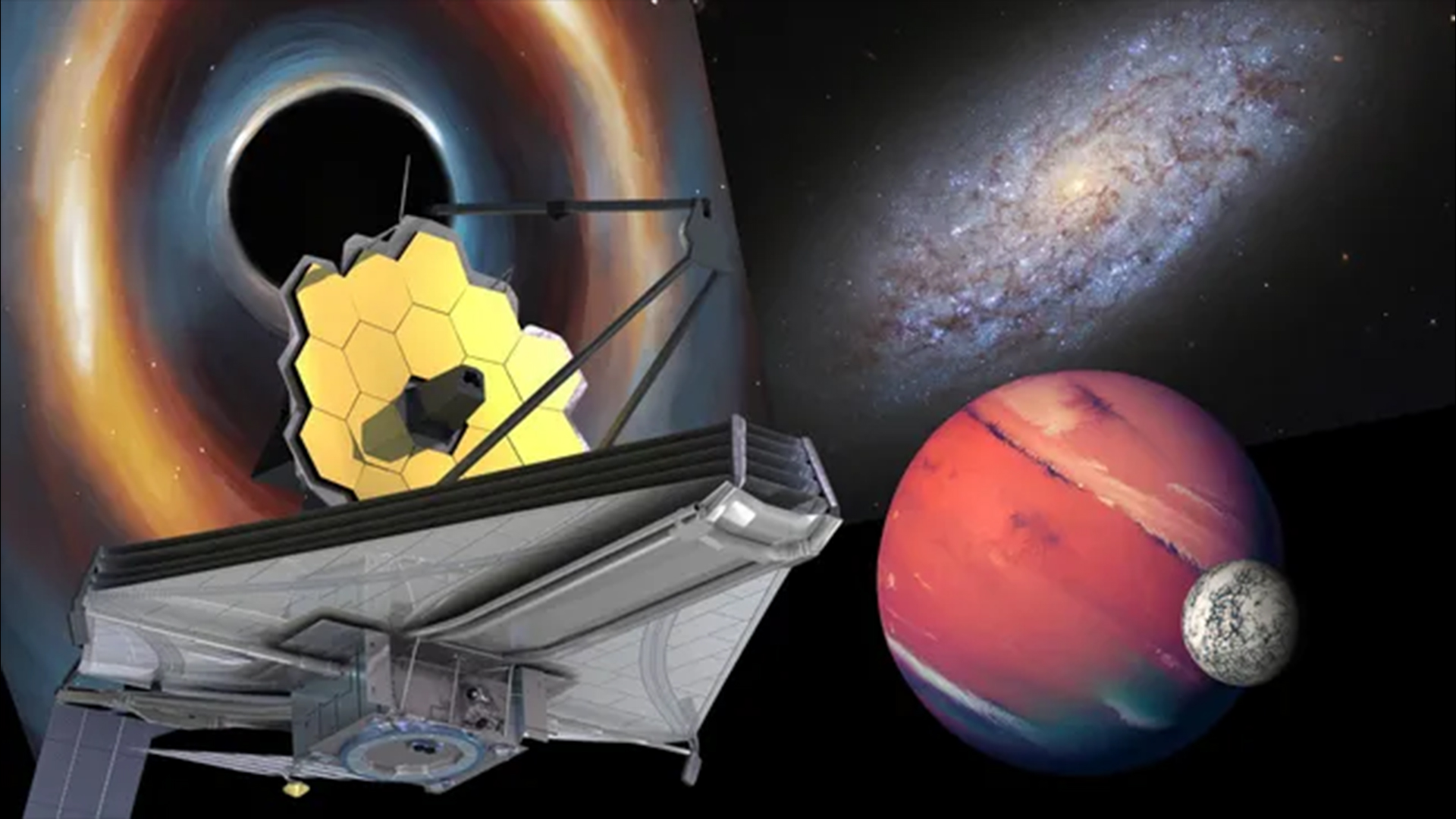
James Webb telescope reveals targets for the next year, including monster black holes, exomoons, dark energy — and more
By Robert Lea published
The beloved James Webb Space Telescope will soon begin working on a fascinating to-do list for 2024 and 2025, including research into black holes, alien moons, dark energy and more.
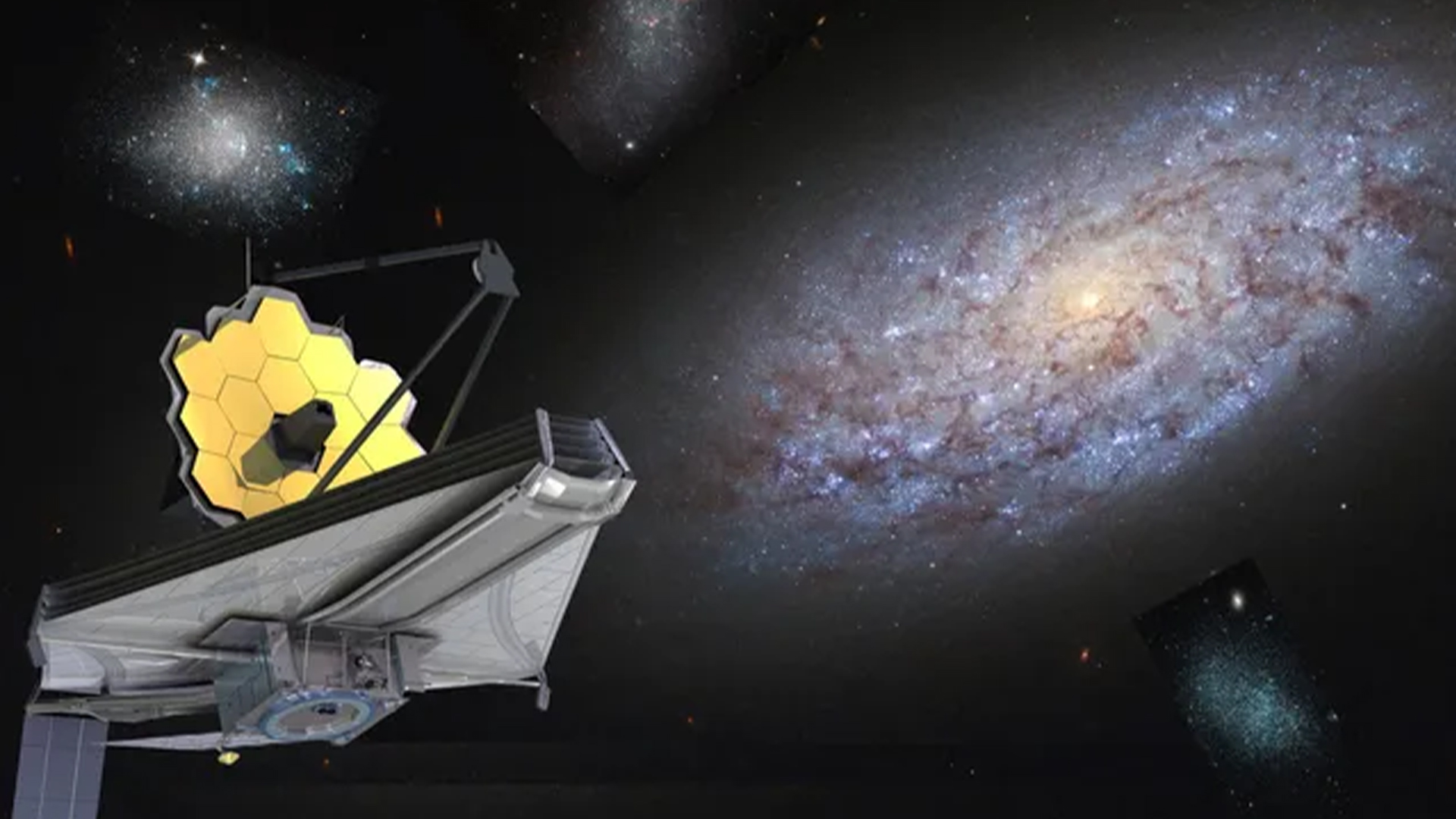
James Webb telescope reveals collection of ancient galaxies that 'transformed the entire universe'
By Robert Lea published
New observations with the James Webb Space Telescope reveal that dwarf galaxies in the early universe released enough collective radiation to change the cosmos forever.
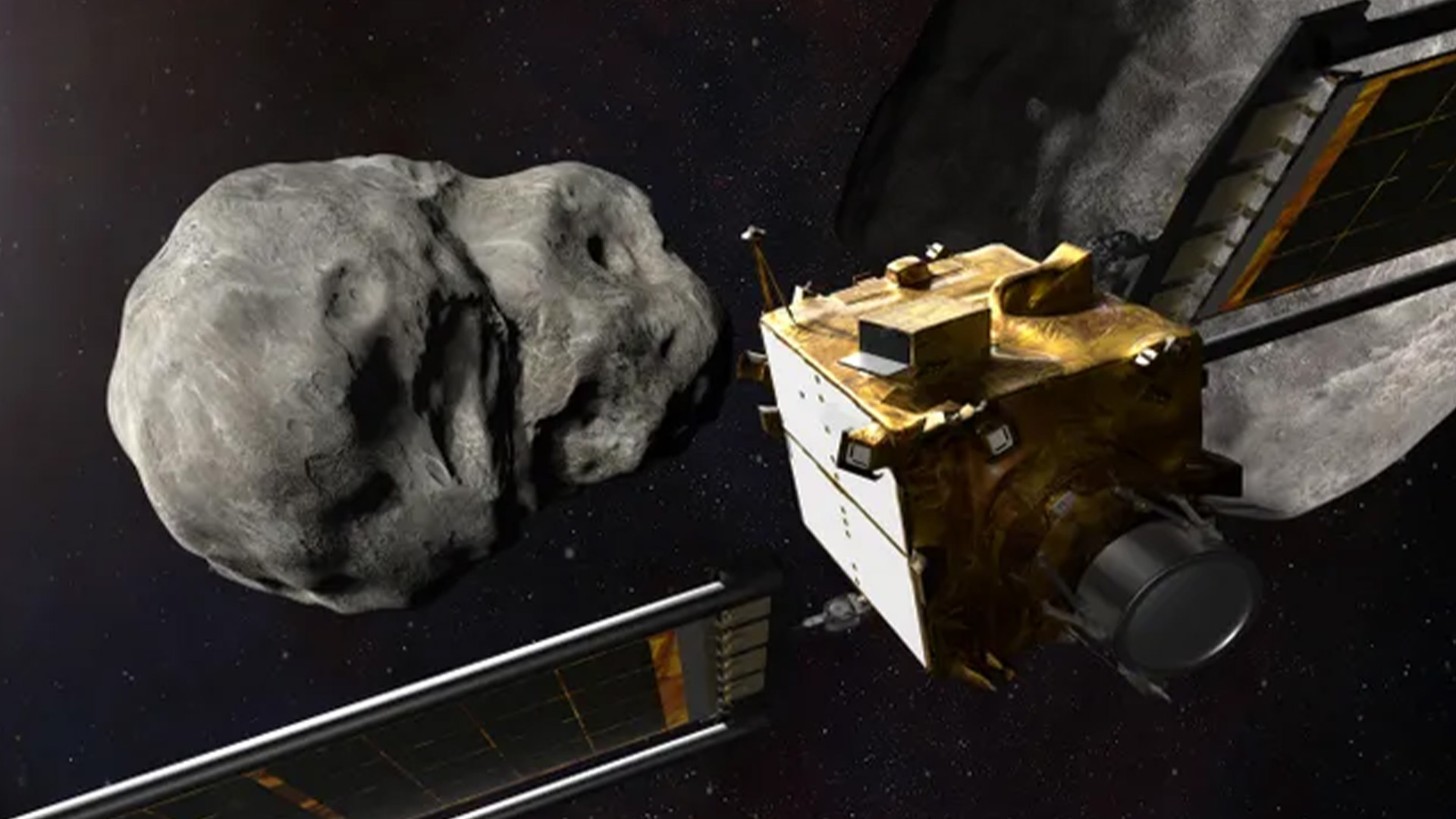
NASA's asteroid-slamming DART mission completely changed the shape of its target
By Robert Lea published
NASA's DART spacecraft seems to have completely reshaped asteroid Dimorphos after violently crashing into it in Sept. 2022
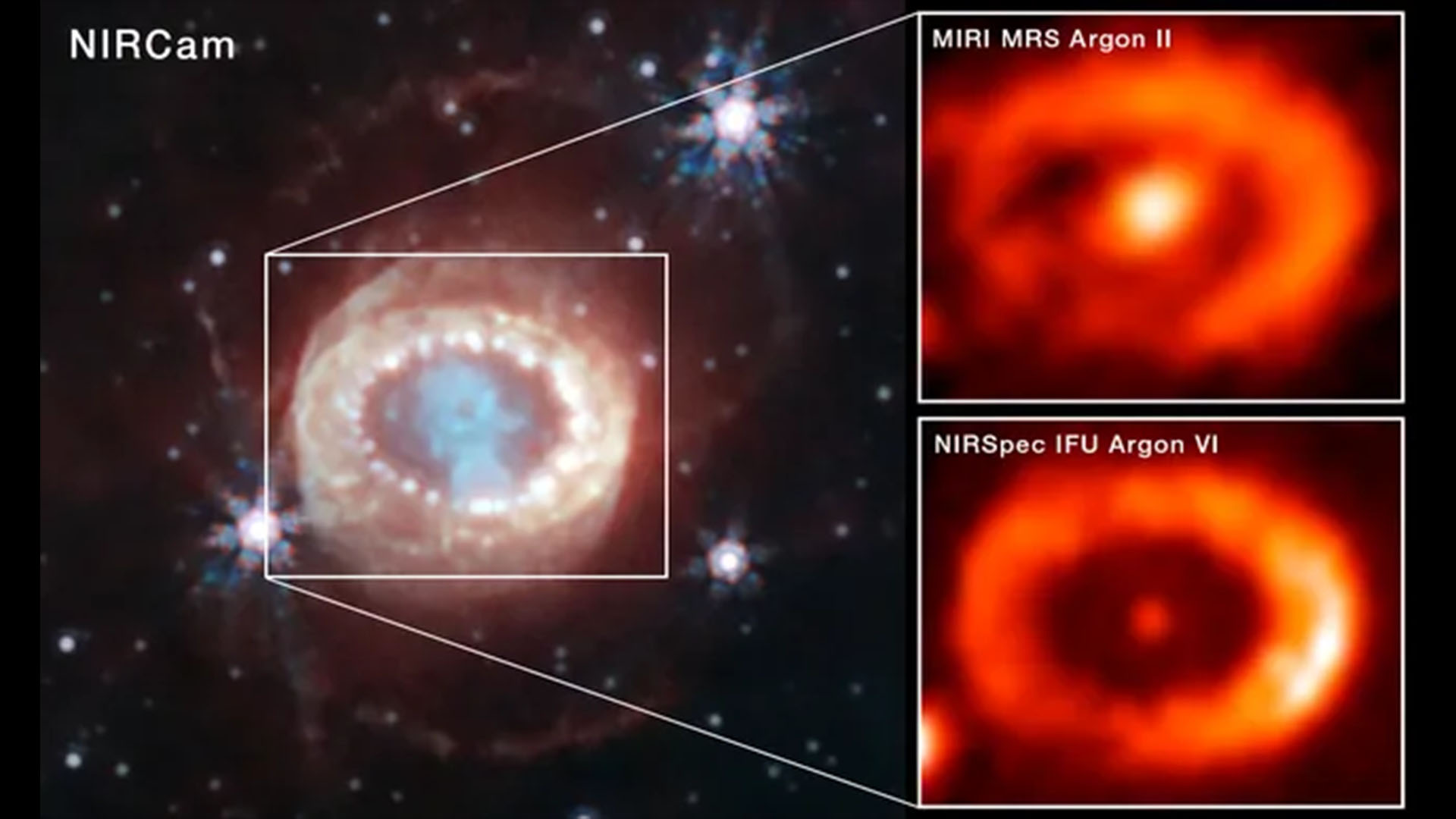
'Finally, we have the evidence': James Webb telescope spots neutron star hiding in wreckage of famous 1987 supernova
By Robert Lea published
A neutron star spotted by the James Webb Space Telescope stayed hidden for 37 years while lurking in the wreckage of a stellar explosion, Supernova 1987A.
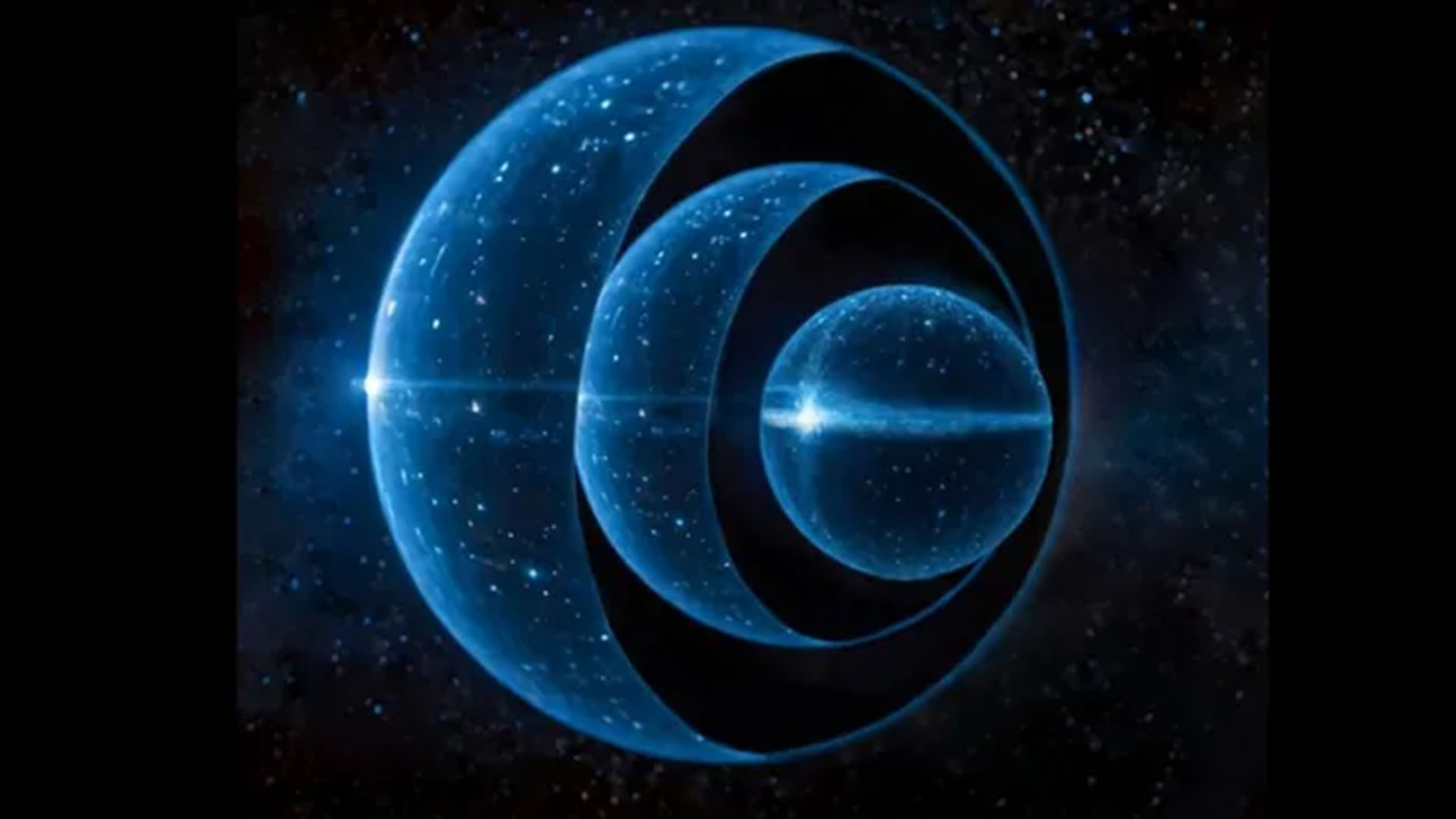
Bizarre 'Russian doll stars' predicted with Einstein's general relativity equations
By Robert Lea published
A new solution to Albert Einstein's theory of general relativity suggests hypothetical gravitational stars that look like black holes could be nested within one another.
Sign up for the Live Science daily newsletter now
Get the world’s most fascinating discoveries delivered straight to your inbox.
